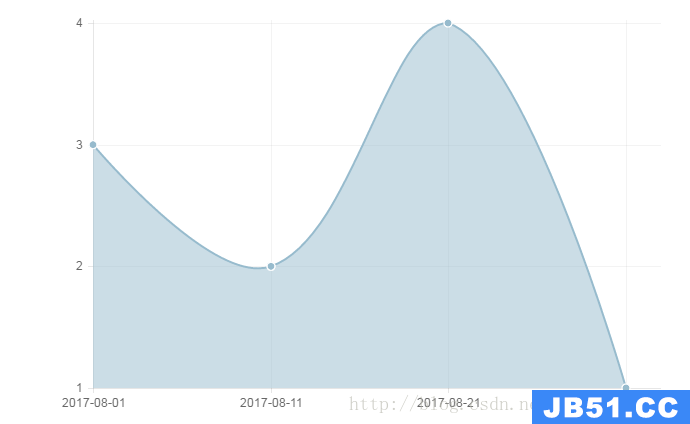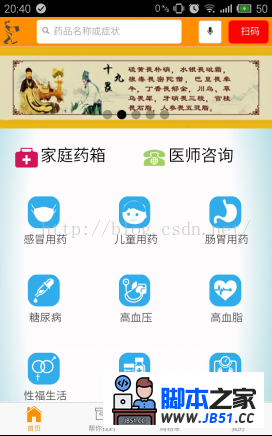在Angular 2中,可以使用@Input和@Output参数完成自定义双向数据绑定.因此,如果我希望子组件与第三方插件进行通信,则可以按以下方式进行操作:
export class TestComponent implements OnInit, OnChanges {
@input() value: number;
@Output() valueChange = new EventEmitter<number>();
ngOnInit() {
// Create an event handler which updates the parent component with the new value
// from the third party plugin.
thirdPartyPlugin.onSomeEvent(newValue => {
this.valueChange.emit(newValue);
});
}
ngOnChanges() {
// Update the third party plugin with the new value from the parent component
thirdPartyPlugin.setValue(this.value);
}
}
并像这样使用它:
<test-component [(value)]="value"></test-component>
在第三方插件触发事件以通知我们更改之后,子组件通过调用this.valueChange.emit(newValue)更新父组件.问题是ngOnChanges然后会在子组件中触发,因为父组件的值已更改,这将导致调用thirdPartyPlugin.setValue(this.value).但是插件已经处于正确的状态,因此这是潜在的不必要/昂贵的重新渲染.
export class TestComponent implements OnInit, OnChanges {
ignoreModelChange = false;
ngOnInit() {
// Create an event handler which updates the parent component with the new value
// from the third party plugin.
thirdPartyPlugin.onSomeEvent(newValue => {
// Set ignoreModelChange to true if ngChanges will fire, so that we avoid an
// unnecessary (and potentially expensive) re-render.
if (this.value === newValue) {
return;
}
ignoreModelChange = true;
this.valueChange.emit(newValue);
});
}
ngOnChanges() {
if (ignoreModelChange) {
ignoreModelChange = false;
return;
}
thirdPartyPlugin.setValue(this.value);
}
}
但这感觉就像是黑客.
在Angular 1中,使用=绑定接收参数的指令具有相同的确切问题.因此,相反,我将通过要求ngModelController来完成自定义双向数据绑定,该更新不会在模型更新后引起重新渲染:
// Update the parent model with the new value from the third party plugin. After the model
// is updated, $render will not fire, so we don't have to worry about a re-render.
thirdPartyPlugin.onSomeEvent(function (newValue) {
scope.$apply(function () {
ngModelCtrl.$setViewValue(newValue);
});
});
// Update the third party plugin with the new value from the parent model. This will only
// fire if the parent scope changed the model (not when we call $setViewValue).
ngModelCtrl.$render = function () {
thirdPartyPlugin.setValue(ngModelCtrl.$viewValue);
};
这行得通,但是ngModelController确实似乎是为表单元素设计的(它已内置验证等).因此,在非表单元素的自定义指令中使用它有点奇怪.
问题:在Angular 2中,有没有在子组件中实现自定义双向数据绑定的最佳实践,在使用EventEmitter更新父组件后,该绑定不会在子组件中触发ngOnChanges?还是应该像在Angular 1中一样与ngModel集成,即使我的子组件不是表单元素也是如此?
提前致谢!
更新:我检查了@Maximus在评论中建议的Everything you need to know about change detection in Angular.看起来ChangeDetectorRef上的detach方法将阻止模板中的任何绑定被更新,如果这是您的情况,则可以帮助提高性能.但这不会阻止ngOnChanges的调用:
thirdPartyPlugin.onSomeEvent(newValue => {
// ngOnChanges will still fire after calling emit
this.changeDetectorRef.detach();
this.valueChange.emit(newValue);
});
到目前为止,我还没有找到使用Angular的更改检测来完成此操作的方法(但是我在此过程中学到了很多!).
我最终尝试了ngModel和ControlValueAccessor.这似乎可以满足我的需要,因为它在Angular 1中表现为ngModelController:
export class TestComponentUsingNgModel implements ControlValueAccessor, OnInit {
value: number;
// Angular will pass us this function to invoke when we change the model
onChange = (fn: any) => { };
ngOnInit() {
thirdPartyPlugin.onSomeEvent(newValue => {
this.value = newValue;
// Tell Angular to update the parent component with the new value from the third
// party plugin
this.onChange(newValue);
});
}
// Update the third party plugin with the new value from the parent component. This
// will only fire if the parent component changed the model (not when we call
// this.onChange).
writeValue(newValue: number) {
this.value = newValue;
thirdPartyPlugin.setValue(this.value);
}
registerOnChange(fn: any) {
this.onChange = fn;
}
}
并像这样使用它:
<test-component-using-ng-model [(ngModel)]="value"></test-component-using-ng-model>
但是,如果自定义组件不是表单元素,那么再次使用ngModel似乎有点奇怪.
解决方法:
也碰到了这个问题(或者至少是非常相似的东西).
我最终使用了您在上文中讨论过的hacky方法,但进行了较小的修改,我使用了setTimeout来重置状态,以防万一.
(对我个人而言,如果使用双向绑定,ngOnChanges主要存在问题,因此,如果不使用双向绑定,则setTimeout可以防止挂起的disableOnChanges).
changePage(newPage: number) {
this.page = newPage;
updateOtherUiVars();
this.disableOnChanges = true;
this.pageChange.emit(this.page);
setTimeout(() => this.disableOnChanges = false, 0);
}
ngOnChanges(changes: any) {
if (this.disableOnChanges) {
this.disableOnChanges = false;
return;
}
updateOtherUiVars();
}





